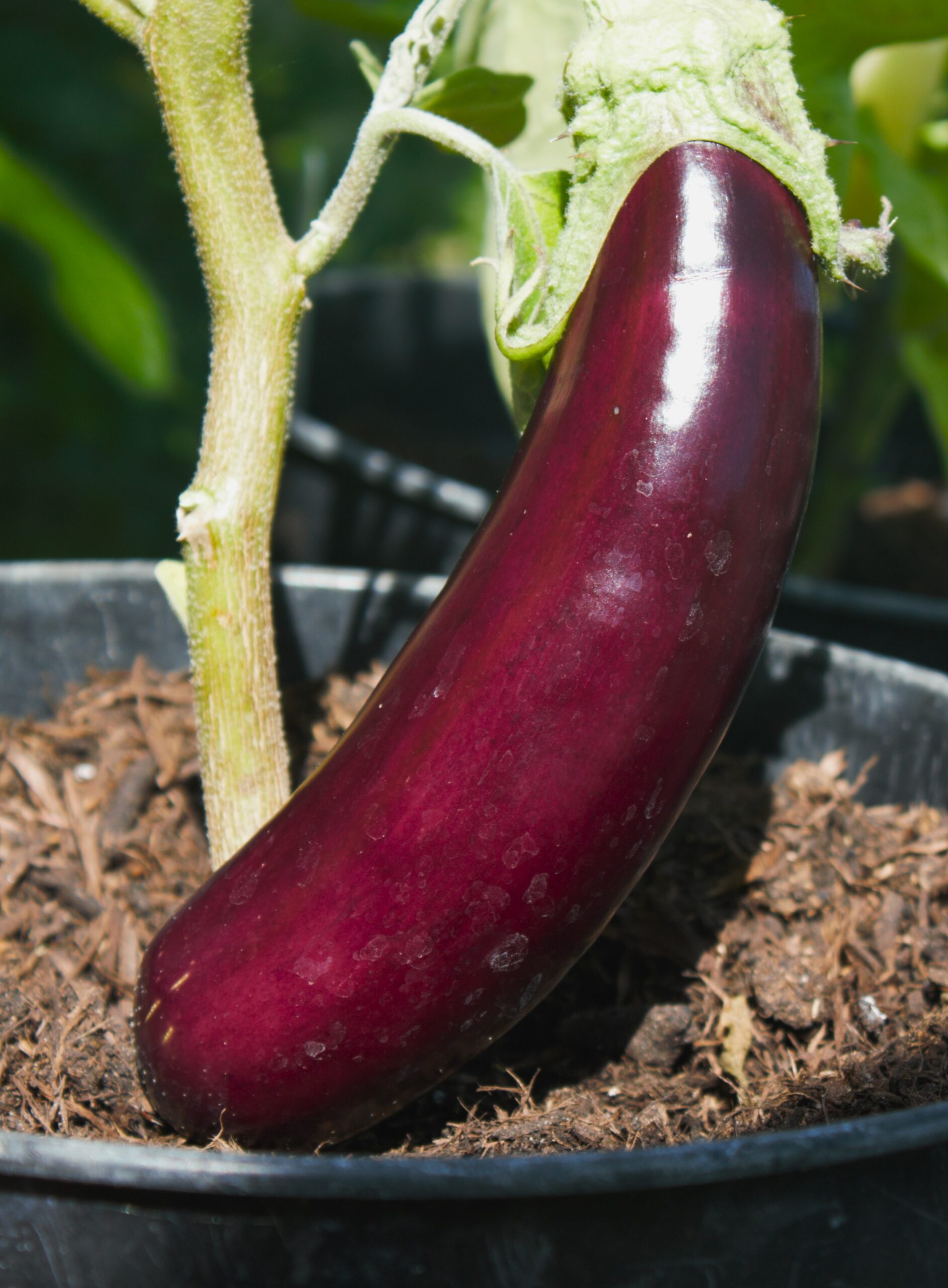Sow spring onions in modules in late August for planting outdoors in September, for harvesting next spring, ideally, they should be protected with cloches or fleece after transplanting outdoors. Germinate oriental vegetables like Pak Choi and mustard and salad rocket in modules for transplanting outdoors and overwintering under cloches or fleece.
Begin removing tomato leaves that begin to turn yellow or shade ripening fruit and those at the base of the plant for ease of watering. Harvest tomatoes, peppers, chillies and aubergines as soon as they mature.
Sow fennel and coriander in growing bags, trays, pots, modules or recycled containers in the greenhouse in very early August then transplant plant outdoors, watering well or make several sowings to harvest as small leaf salads. Continue sowing ‘cut and come again’ crops like mixed herbs, germinating them in shade under greenhouse benching before moving the plants outdoors.

In late August sow spinach, lettuce and spring cabbage. After transplanting outdoors, protect them with horticultural fleece from scorching sunshine and cold winds on overcast days.
You will see advertisements for new potatoes for planting now to harvest for Christmas or earlier. They stored in a temperature-controlled environment to maintain dormancy, then dispatched from late July to early August. Plant them outdoors immediately, in warmer areas, protecting the foliage with horticultural fleece later in the year if frosts are forecast; they will be ready to harvest from late October.
In cooler parts of the country where frosts are more common grow them in large 37.5cm pots, potato growing bags or recycled compost bags adding drainage holes. Stand two or three tubers on a 12.5cm layer of multipurpose compost, then cover with a further 10-15cm of compost and water well. When the shoots are 6” high almost cover them with another layer of compost, leaving about 7.5cm of stem, continuing the same process as until the shoots are within 5-7.5cm of the top of the container. Move them into the greenhouse before the first frosts; it is a good idea to plant several pots, for a successional harvest, from October, leaving some for Christmas dinner. ‘Carlingford’ and ‘Charlotte’ are two reliable performers. They can also be ‘chitted’ and planted from late August to early September if space is at a premium.
Take cuttings from non-flowering shoots of salvias, penstemons, pelargoniums and other tender plants as a ‘back up’ against outdoor losses over winter. Cuttings should be 10-15cm long, making a cut just below a leaf joint. Trim off the lowest leaves and pinch out the growing tip, then dip the cut end in hormone rooting powder knock off the excess then plant 3-4 around the edge of a 9cm pot of peat free, multipurpose compost mixed with a little grit for drainage. Keep the cuttings in a shaded greenhouse propagator. Once rooted transfer them into 7.5cm pots in a frost-free greenhouse for planting out the following year once the danger of frost has passed, providing them with as much light as possible, keeping the compost slightly moist and taking care not to overwater. Happy Gardening! Matt










